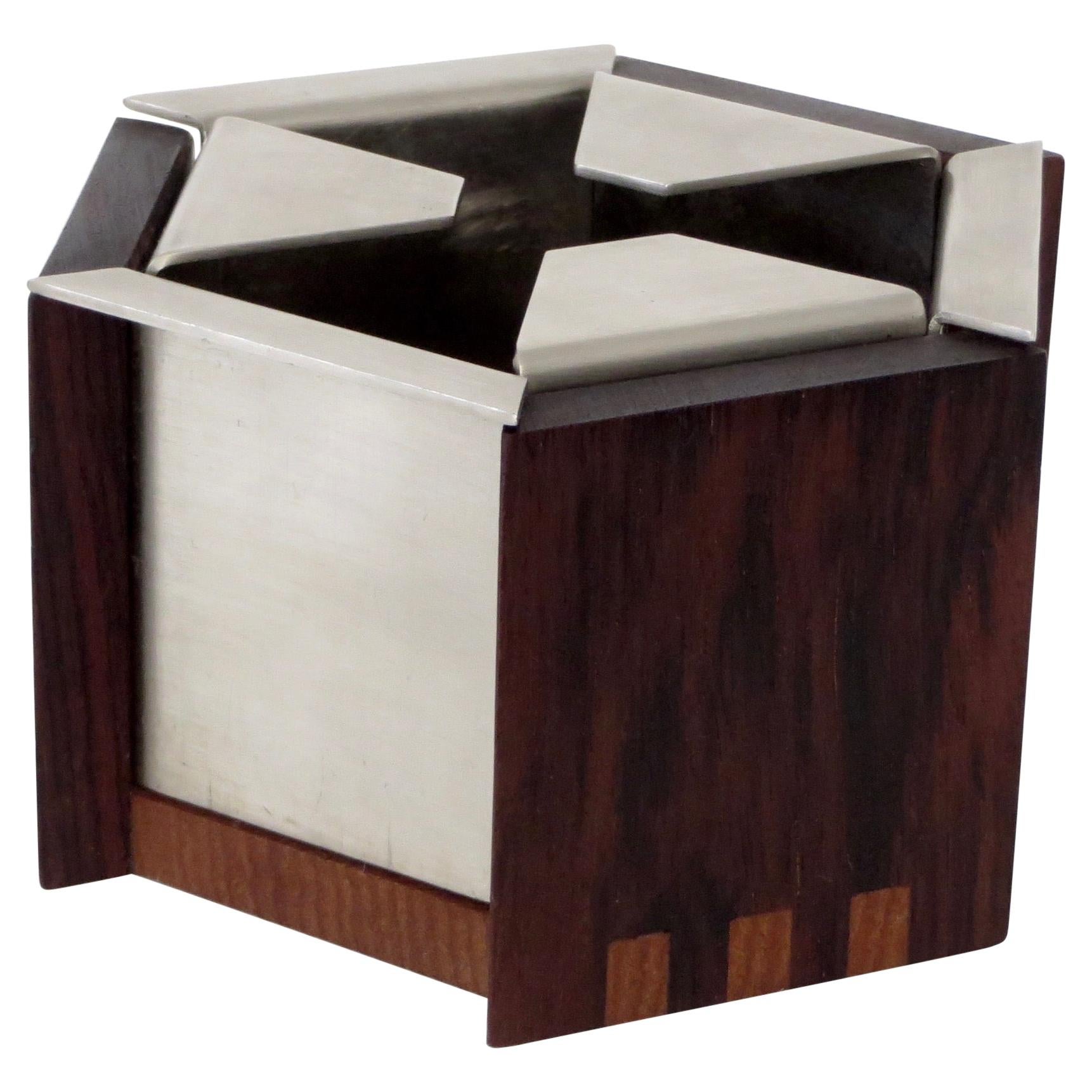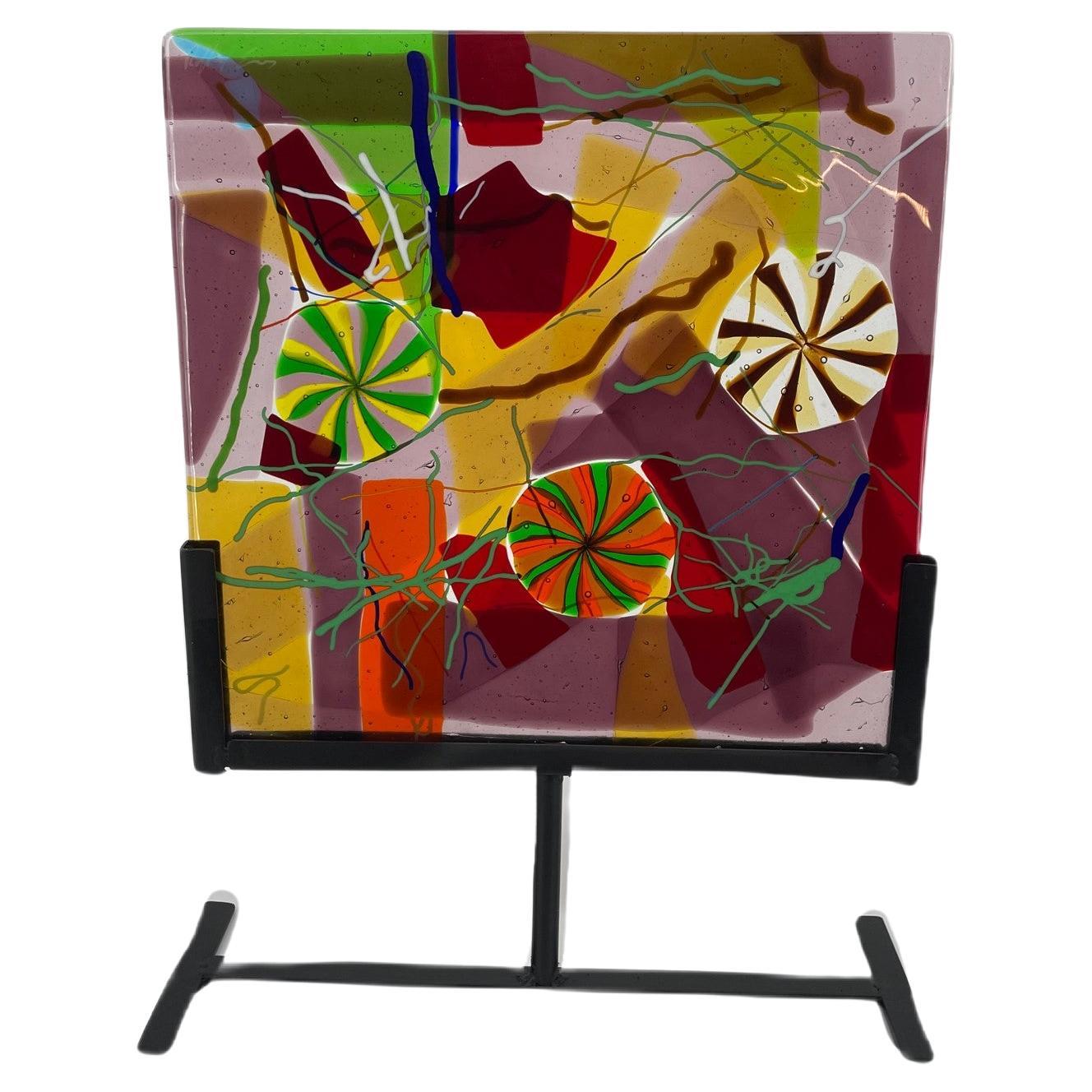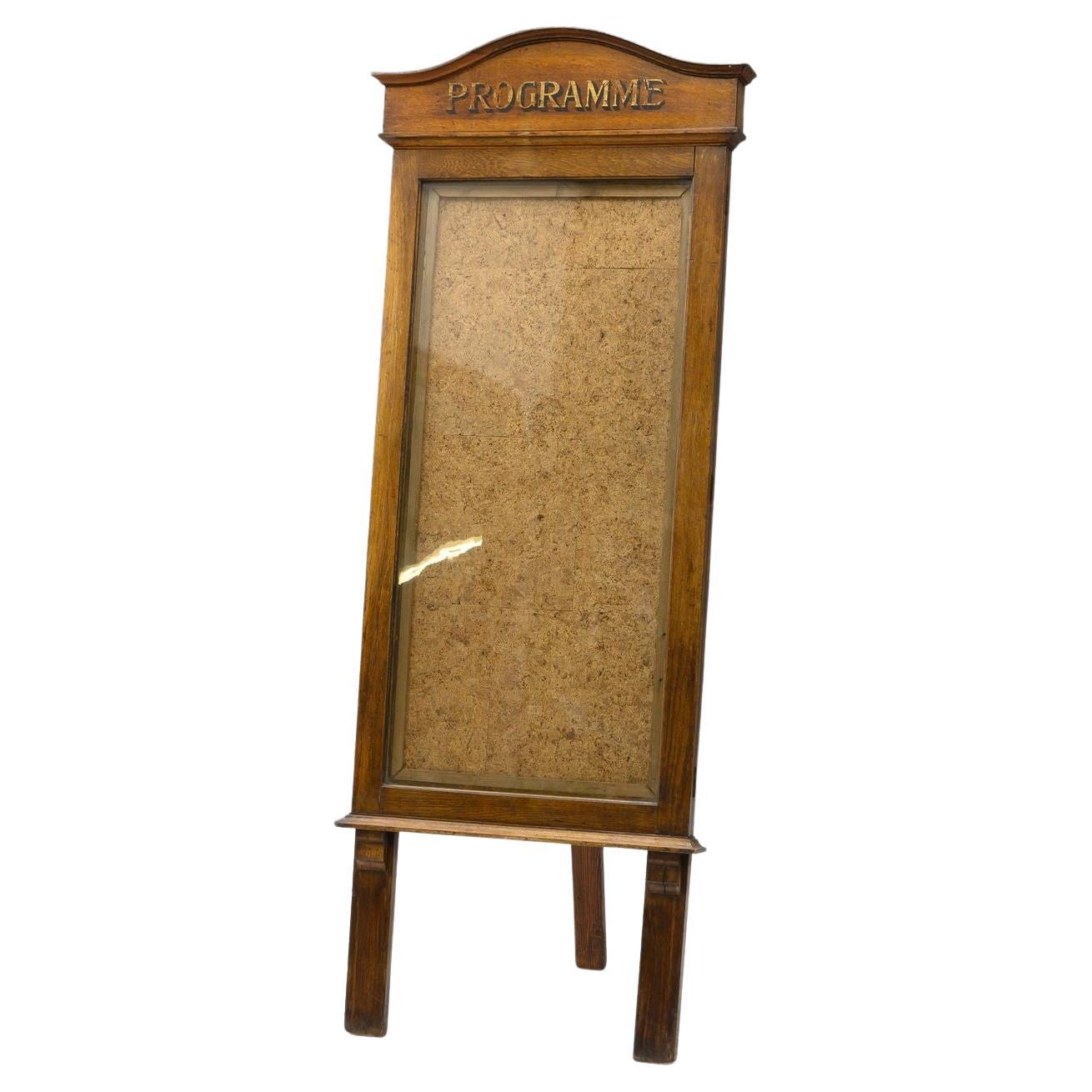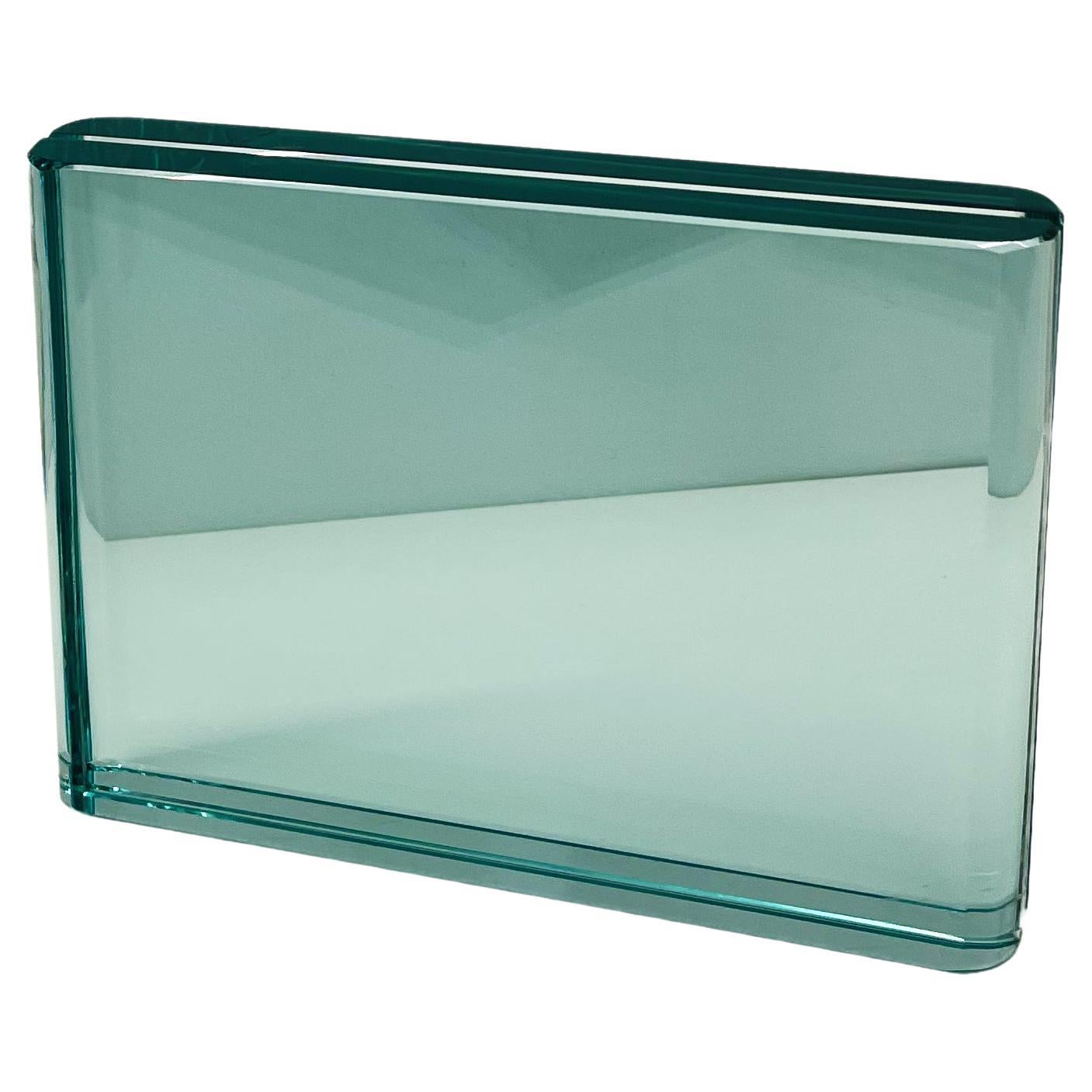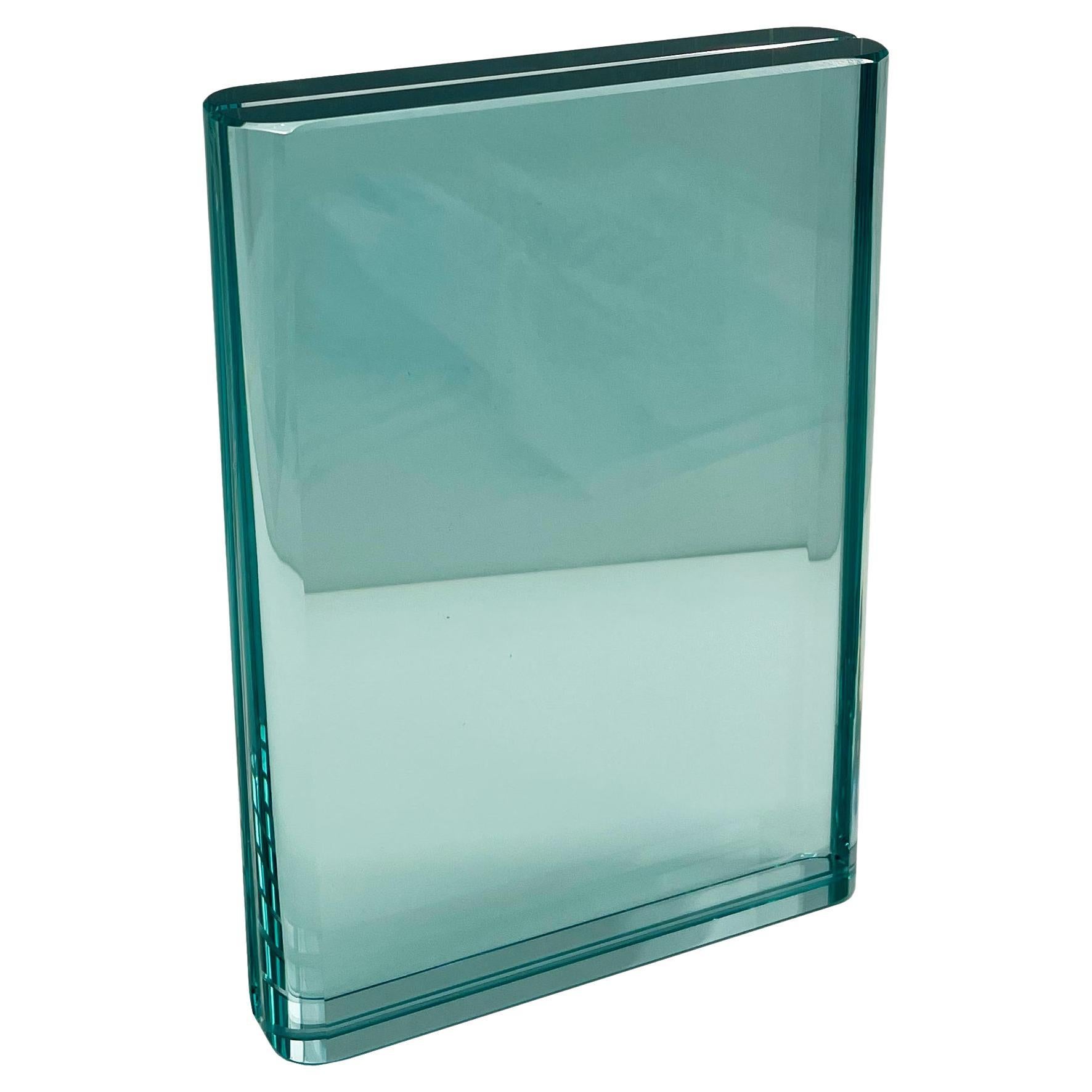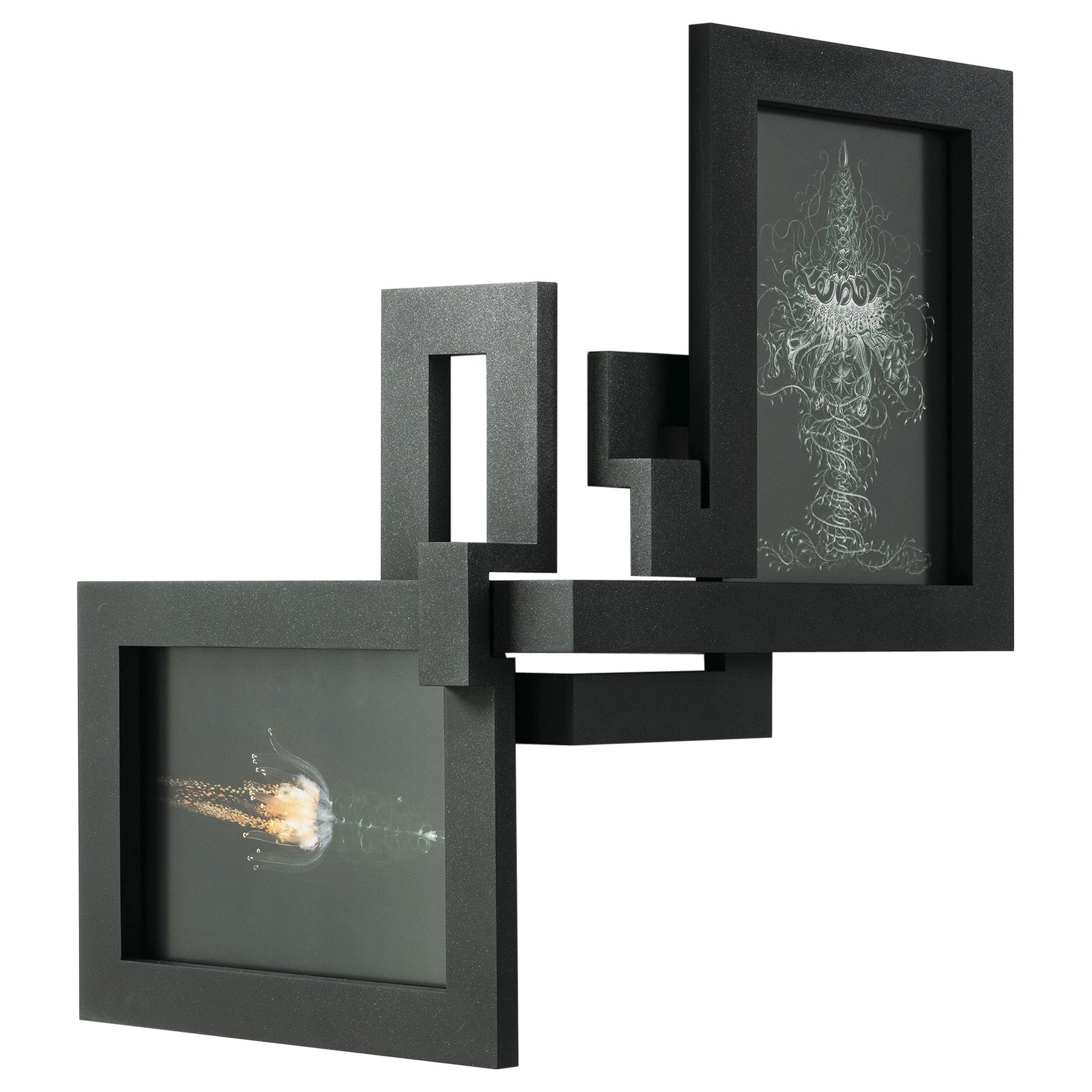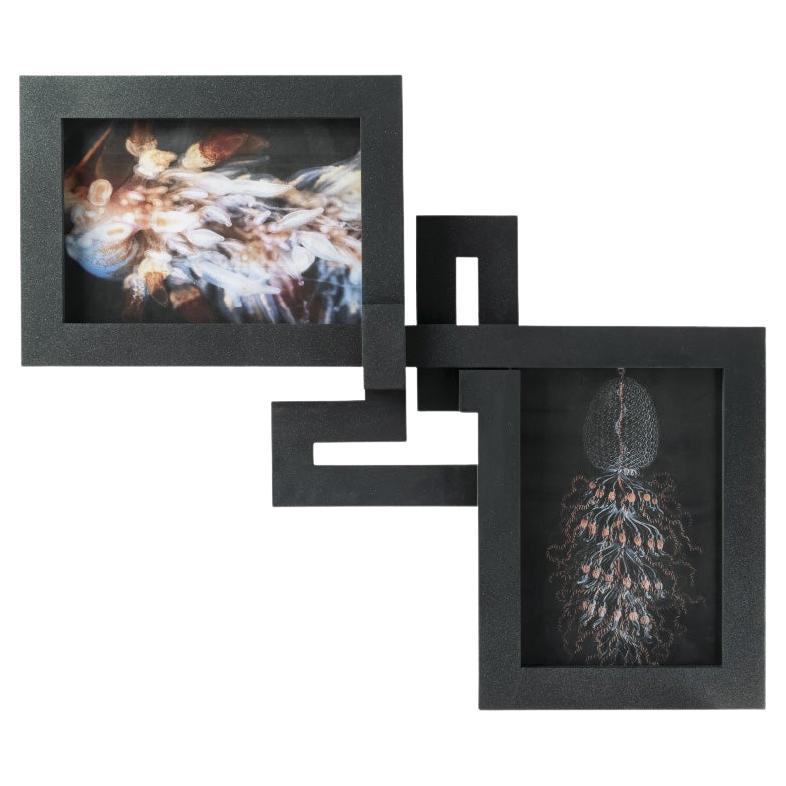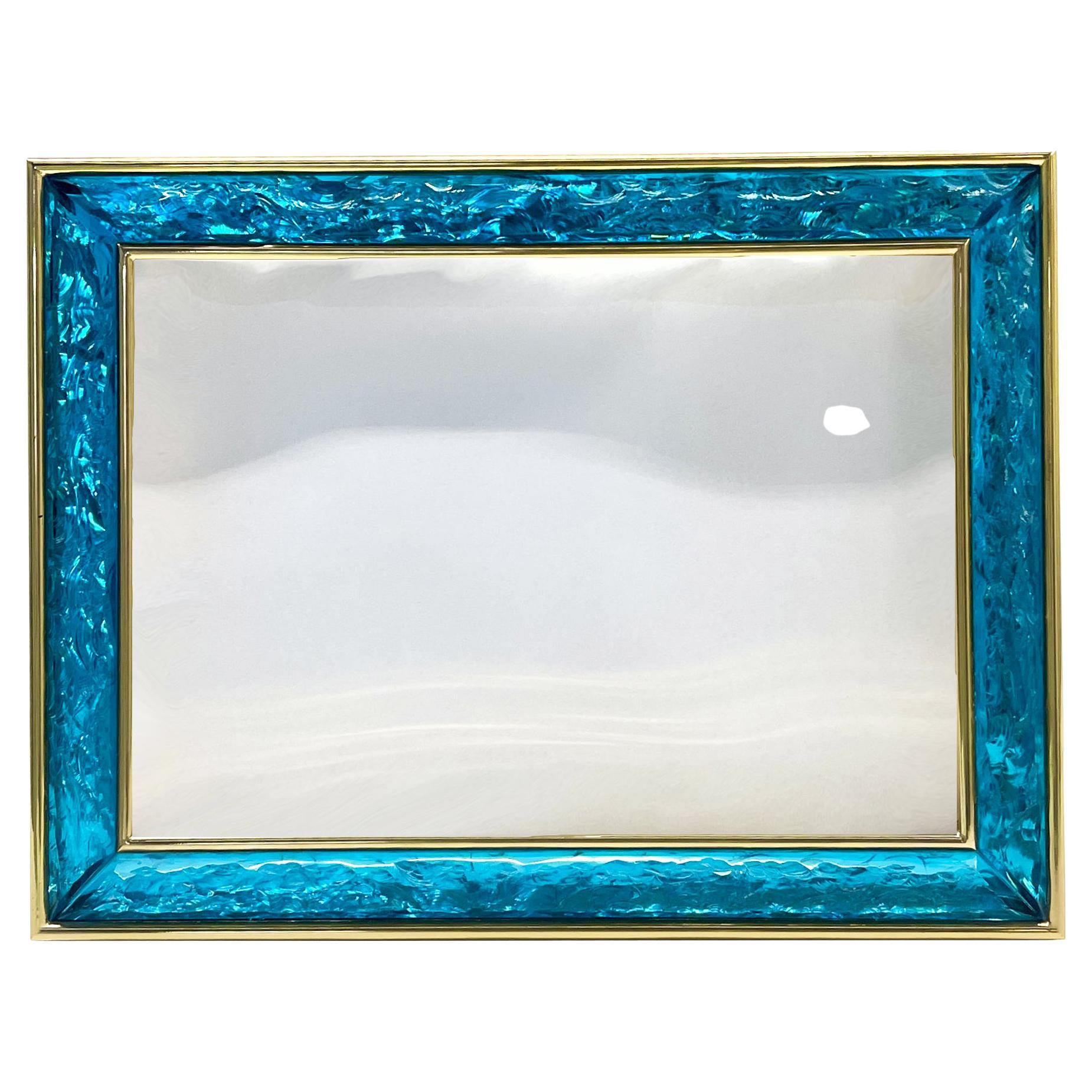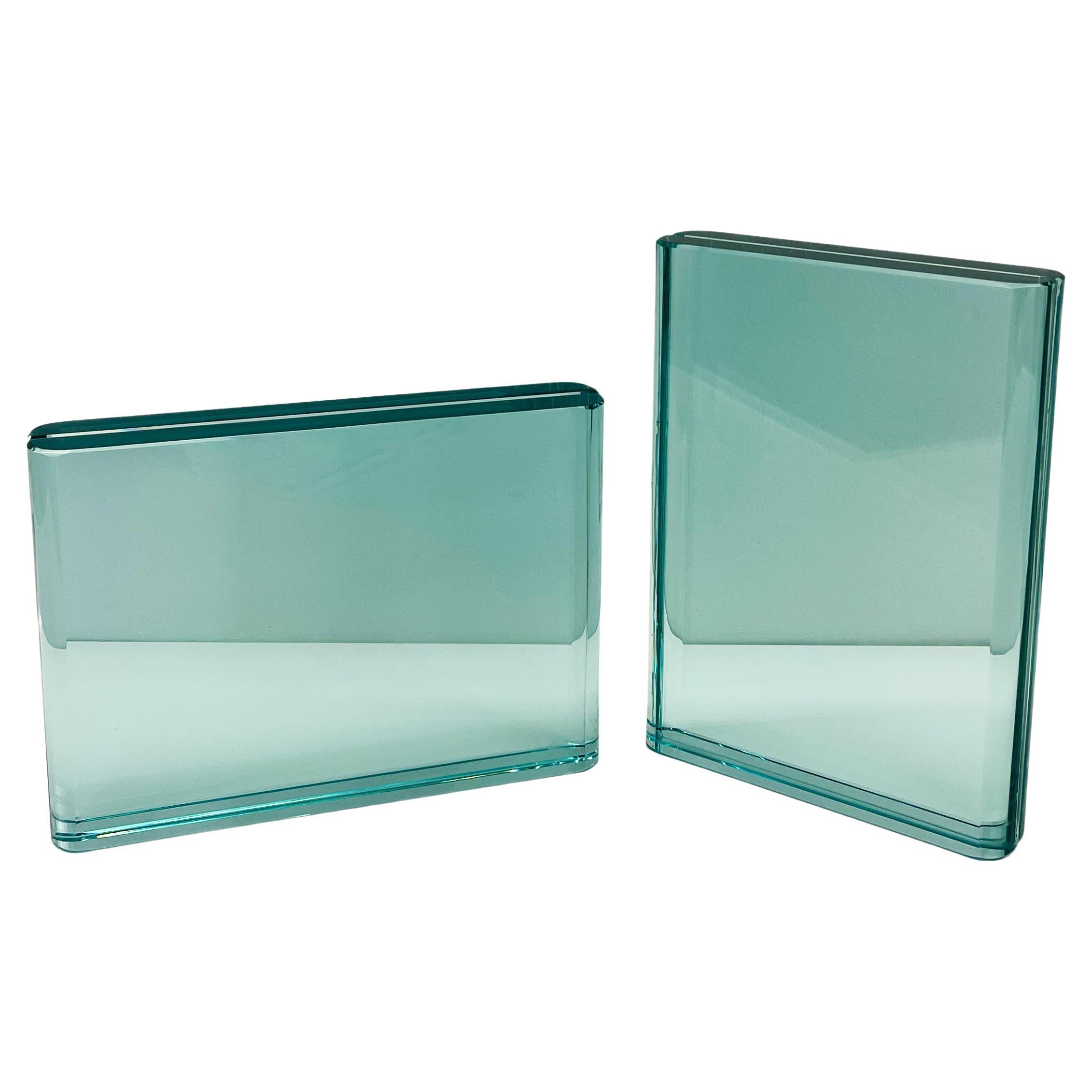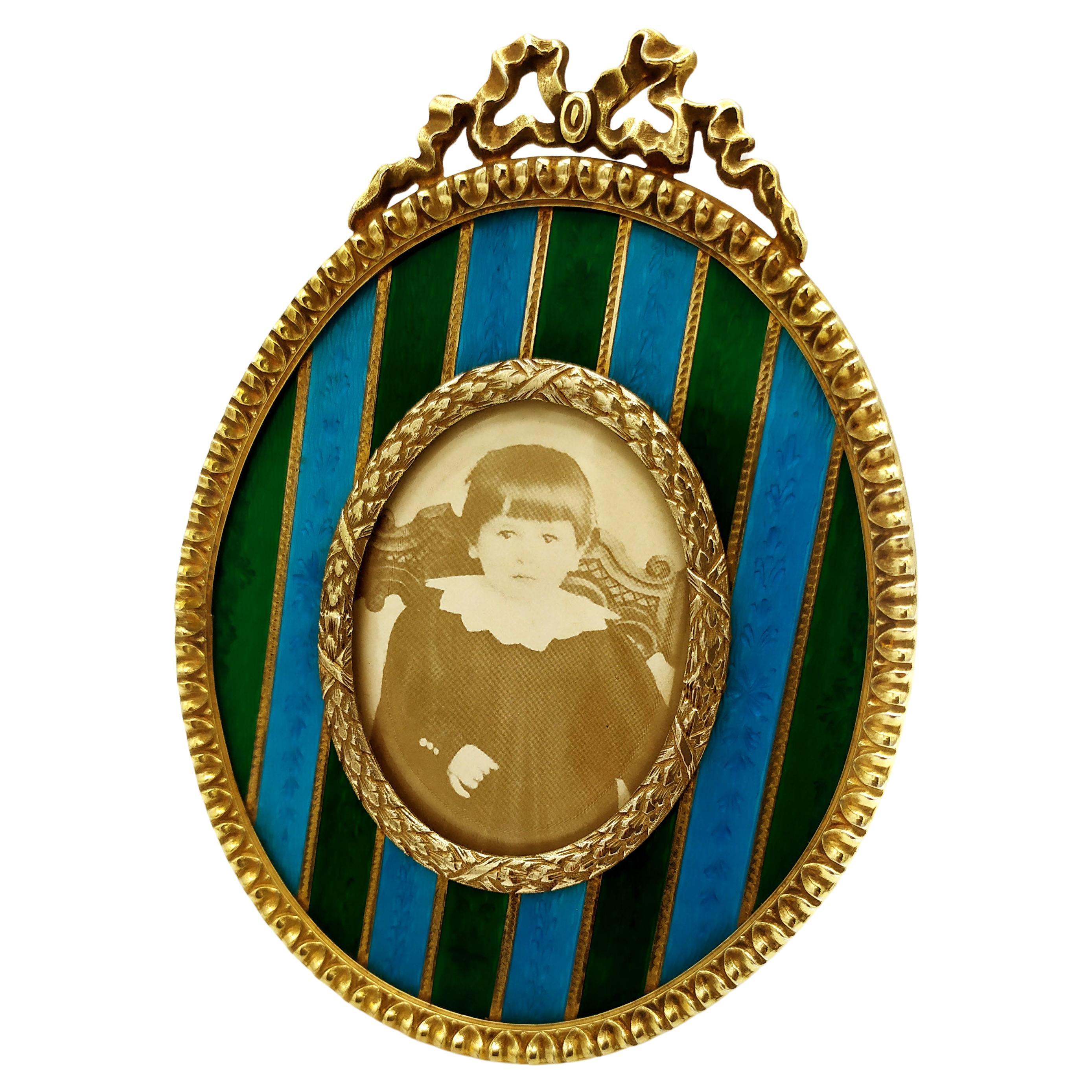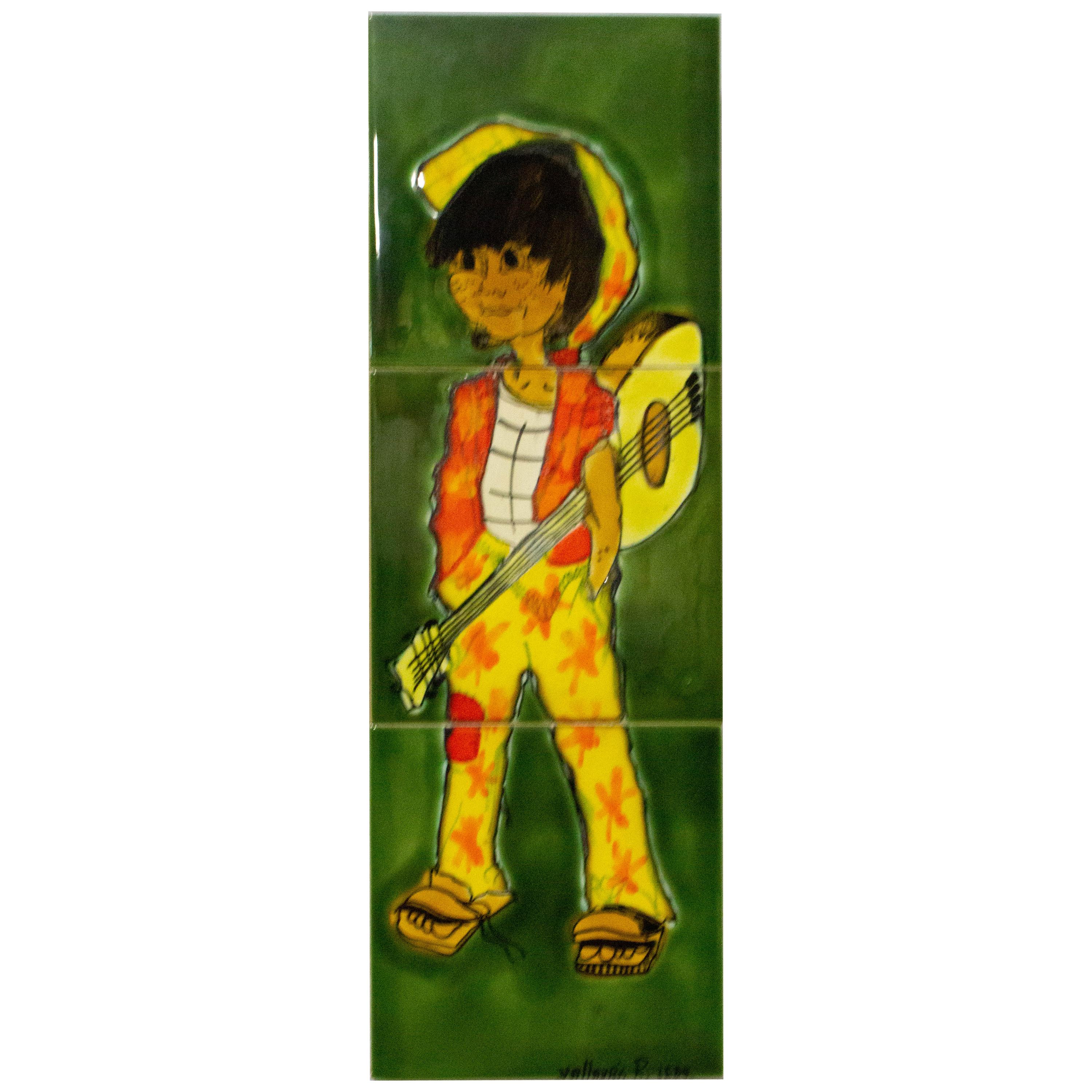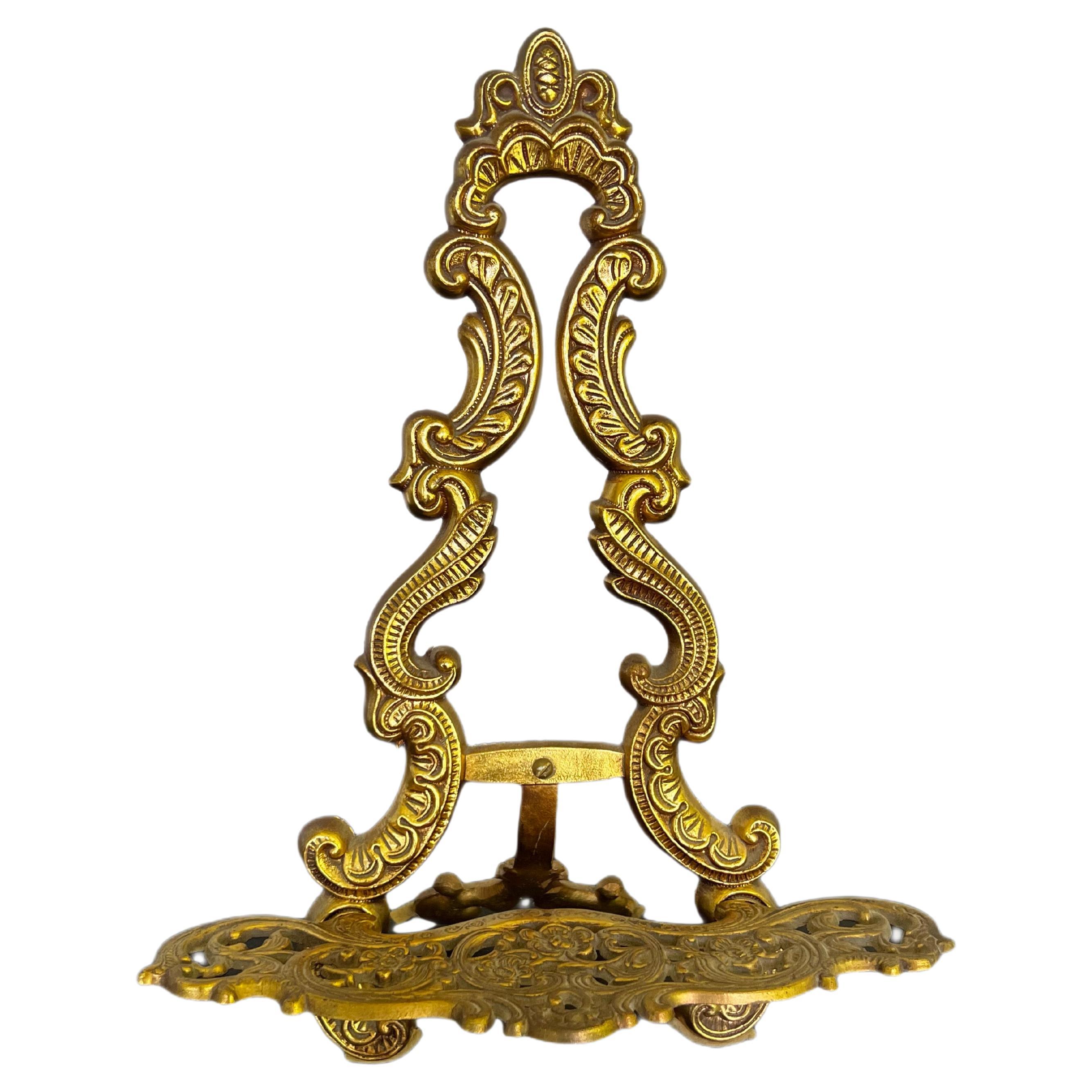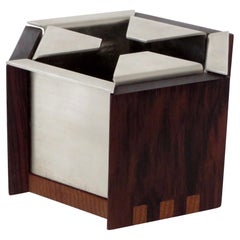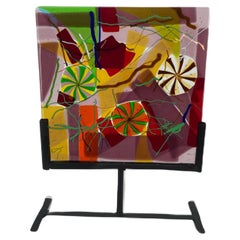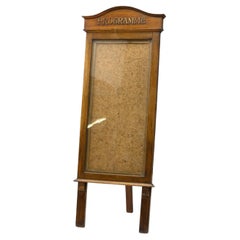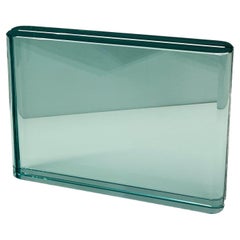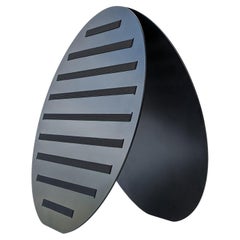
Strip Table Black, Display for Flat Objects by Lotti Gostic Studio
View Similar Items
1 of 9
Strip Table Black, Display for Flat Objects by Lotti Gostic Studio
About the Item
- Dimensions:Height: 11.26 in (28.6 cm)Width: 11.82 in (30 cm)Depth: 6.26 in (15.9 cm)
- Style:Modern (In the Style Of)
- Materials and Techniques:Aluminum,Powder-Coated
- Place of Origin:
- Period:
- Date of Manufacture:2023
- Production Type:New & Custom(Current Production)
- Estimated Production Time:9-10 weeks
- Condition:
- Seller Location:Volčji Potok, SI
- Reference Number:1stDibs: LU8772234670462
Authenticity Guarantee
In the unlikely event there’s an issue with an item’s authenticity, contact us within 1 year for a full refund. DetailsMoney-Back Guarantee
If your item is not as described, is damaged in transit, or does not arrive, contact us within 7 days for a full refund. Details24-Hour Cancellation
You have a 24-hour grace period in which to reconsider your purchase, with no questions asked.Vetted Professional Sellers
Our world-class sellers must adhere to strict standards for service and quality, maintaining the integrity of our listings.Price-Match Guarantee
If you find that a seller listed the same item for a lower price elsewhere, we’ll match it.Trusted Global Delivery
Our best-in-class carrier network provides specialized shipping options worldwide, including custom delivery.You May Also Like
Ico Parisi Italian Design Object Ashtray for Stildomuselezione
By Ico Parisi
Located in Chicago, IL
A rosewood and walnut posacenere or ashtray model 1402 designed by Ico Parisi for Stildomuselezione, circa 1959.
Ashtray 5" diameter x 2.75" height.
Pictured in the Ice Parisi book...
Category
Vintage 1950s Italian Mid-Century Modern Picture Frames
Materials
Rosewood, Walnut
Murano Sub Line Glass Object by Artist Raffael Eros
By Eros Raffael
Located in Tilburg, NL
Murano Sub line glass object by artist Raffael Eros
Beautiful Murano glass panel made by master and artist Raffael Eros with fused glass, featuring glass canes, transparent colours, handmade Murrine and opaque lines.
Powder-coated iron frame.
Single piece.
Warranty certificate included.
Eros RAFFAEL (Murano (Venice) 1970)
Raffael started his artistic career at the age of 14. He collaborated with the best Murano masters, from whom he acquired the ability to manipulate glass in all techniques. Over time, he found it necessary to combine his work with art as a means of creativity. It is presented with works that include the processes: blown, solid, glass fusion, lamp, ground. Eros carries out all processing stages personally.
20TH CENTURY - NEW IDENTITY AND THE ART OF MURANO GLASS
In the beginning of the 20th century, the master glassmakers of Murano were still enamored with reproducing classical styles and rediscovering ancient techniques, which was evident at Murano and Venice Exhibition of Choice Glass and Glass Objects staged in 1895 inside Murano City Hall. The rules of the exhibition dictated that the works showcased be reproductions of antique glassware. This important event was well attended by international collectors and glass admirers who greatly appreciated the works rooted in unique Murano tradition.
The best works of Murano artists were on display; many were a product of an important glassmaking technique called Murrino (mosaic), which was rediscovered at the end of the 19th century by Vittorio Zuffi while working for Fratelli Toso. This technique originally emerged in the 16th century in an effort to imitate ancient Roman vases. Murano’s famous firm Artisti Barovier received the Honorary Diploma and the Gold Medal. Other artists enjoying popularity in Murano at the time were Salviati, Testolini, and The Toso Brothers (Fratelli Toso).
The year 1895 was also the time of the first Venice Biennial exhibition where new works of art in avant-garde and art nouveau styles were showcased. This highlighted the gap between the modern trends gaining strength in Europe at the time and the works of Murano artisans who were deeply attached to the styles and methods of the past. This gap became even more obvious at the Universal Exposition in Paris in 1900, followed by Expositions of Decorative Arts in Turin in 1902 and Milan in 1906. Some Murano artisans, like Vittorio Toso Borella, became receptive to the new winds blowing on the art scene and started to produce works in art nouveaustyle. Though he originally got mixed reviews for the works he exhibited at Ca’ Pesaro in 1909, Vittorio went on to produce masterpieces that later became universally appreciated. Ca’ Pesaro, unlike Venice Biennial, became an exhibition embracing new artistic trends and showcasing many works in art vouveau style by young artists such as Gino Rossi, Arturo Martini, and Guido Marussig. One of the artists, Vittorio Zecchin, collaborated extensively with Artisti Barovier to create designs for their famous glassware.
In the 1920s, art nouveau slowly got replaced by more modern styles with simpler, cleaner, and more functional designs. Art deco took the center stage and with it came less decorated objects with softer lines and more focus on glassware as part of interior design, not a piece of art in and of itself. A new company, Vetri Soffiati Muranesi Capellin Venini, founded in 1921 under Vittorio Zecchin as its head designer became the champion of this style.
A little later, in the late 1920s to early 1930s, another important trend arose in Murano led by Maestri Vetrai Muranesi Capellin & Co. and Vetreria Artistica Barovier. The trend was glass animals, which remain popular even today. Other important innovations championed in 1930s and continued in early 1940s were production of glass statues of female nudes and classical figures of boxers and gods, engraving on glass, modern lighting fixtures, perfectly proportioned transparent glass tableware, and the invention of vetro sommerso ? a technique allowing to produce thick glassware with one color on the outside and another on the inside.
During World War II the industry did not thrive, but as soon as the war was over the glass masters of Murano returned to their art and created pieces deeply rooted in interior design trends of that time with focus on minimalism, functionality, and simplicity. To support these trends Murano artists and artisans returned to techniques of the past such as filigree, murrino, and lattimo. From that point onwards Murano saw continued exploration of styles and techniques striving to find a happy medium...
Category
Early 2000s Italian Modern Picture Frames
Materials
Art Glass, Blown Glass
Programme Display Board
Located in London, England
Oak framed glazed programme display stand. New Back Leg on hinge. Circa 1900
H 180cm x W 69cm x D 10cm
Category
Antique Early 1900s Picture Frames
Materials
Oak
Contemporary Handmade Aquamarine Crystal Horizontal Photo Frame by Ghirò Studio
By Ghirò Studio
Located in Pieve Emanuele, Milano
2021 Collection of picture frames by Ghirò Studio.
Picture frame of excellent workmanship and artistic quality.
The rounded edges give harmony and el...
Category
21st Century and Contemporary Italian Modern Picture Frames
Materials
Glass
Contemporary Handmade Aquamarine Vertical Crystal Picture Frame by Ghirò Studio
By Ghirò Studio
Located in Pieve Emanuele, Milano
2021 Collection of picture frames by Ghirò Studio.
Vertical picture frame of excellent workmanship and artistic quality.
The rounded edges give harmony and elegance.
The high tran...
Category
21st Century and Contemporary Italian Modern Picture Frames
Materials
Glass
21st Century Nekomat Ae Frame in Wood by Studio Rlon
By Studio rlon, JCP UNIVERSE
Located in Cantù, Lombardia
"Nekomat is an artifact inspired by the concept of synchronicity, a term coined by Carl Jung to denote events that occur with no causal relationship yet seem...
Category
21st Century and Contemporary Italian Modern Picture Frames
Materials
Wood
$2,790 / item
